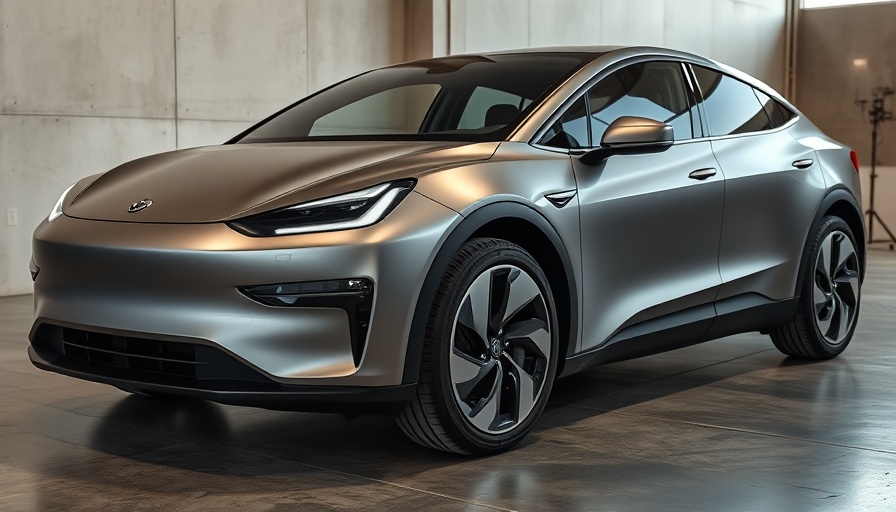
Can Compact Vehicles Meet Urban Needs?
The MT1 electric truck by Telo looks to revolutionize the way we think about utility transportation in compact urban environments. Designed by Yves Béhar and his team at Fuseproject, this innovative vehicle strikes a balance between being small and functional. At just 152 inches long – a size equivalent to that of a Mini Cooper – the MT1 is engineered to travel comfortably in narrow city streets while comfortably seating up to eight people when necessary.
Performance Meets Sustainability
With a dual-motor configuration offering up to 500 horsepower and a payload capacity of 1,700 lbs, the MT1’s engineering highlights not only performance but also environmental responsibility. Its 106 kilowatt-hour battery supports an impressive range of 350 miles on a full charge, making it an excellent choice for urban errands or transporting equipment, whether it's outdoor gear or tools for work. This sort of functionality is especially appealing for the rising population of digital nomads who value agility and adaptability in their modes of transport.
Embracing Modern Design with Utility
The MT1's aesthetic deviates from the conventional aggressive profiles of many existing pickup trucks. Béhar’s vision promotes a more accessible and less intimidating design, characterized by a “pill-like” shape that integrates seamlessly with its practical functions. The absence of traditional driveshafts has created space for a unique storage solution dubbed the "Monster Tunnel", highlighting Béhar's commitment to maximizing utility within a compact vehicle.
Interior Innovation Blends Comfort and Practicality
One of the standout features of the MT1 is its interior design, aimed at maximizing comfort while using sustainable materials. Components like biodegradable cork are used for finishes, demonstrating Telo's commitment to eco-friendliness. The interior space isn't just compact; it cleverly integrates seating arrangements to accommodate various needs, such as an optional third row of seating. This kind of attention to detail serves the flexible lifestyle many have adopted, particularly those who work remotely while on the go.
The Future of Urban Mobility?
The introduction of the MT1 is perfectly timed given the increasing emphasis on sustainable and efficient transport solutions in urban areas. As more people look for vehicles tailored for city driving – without sacrificing performance or utility – the MT1 points toward a future where compact electric trucks could redefine utility transportation. This vehicle is more than just transport; it represents a shift in how urban dwellers engage with their surroundings and execute their day-to-day tasks.
Conclusion and Next Steps
If you find yourself attracted to innovative solutions that enhance mobility while contributing to sustainability, the Telo MT1 should be on your radar. As the automotive industry transforms to meet the needs of modern users, staying updated on advancements like these can empower better purchasing decisions and inspire new methods of living and working.
 Add Row
Add Row  Add
Add 




Write A Comment